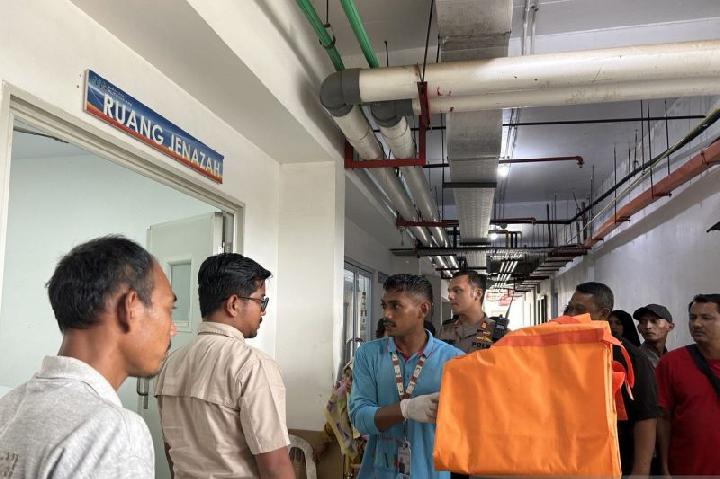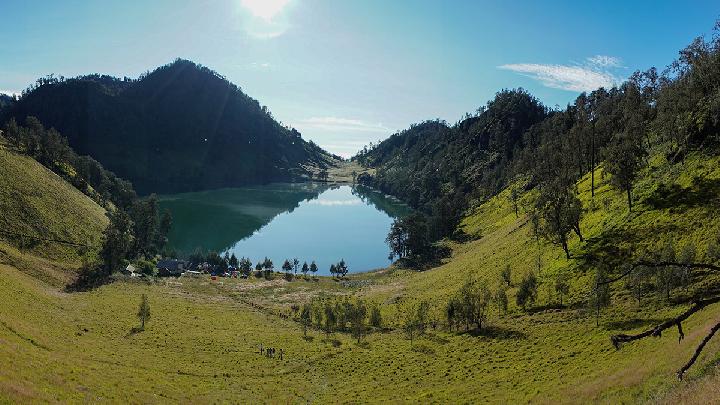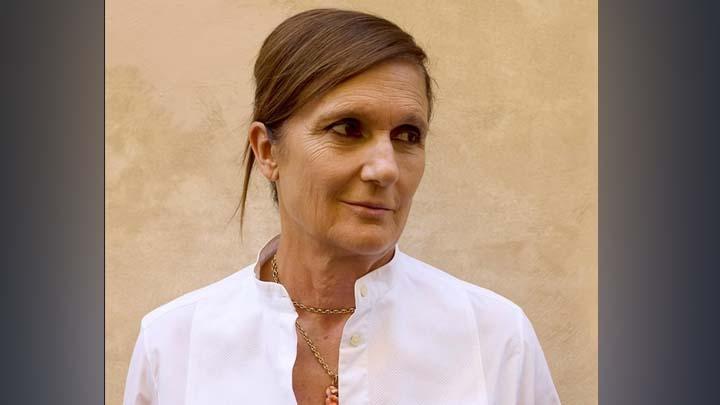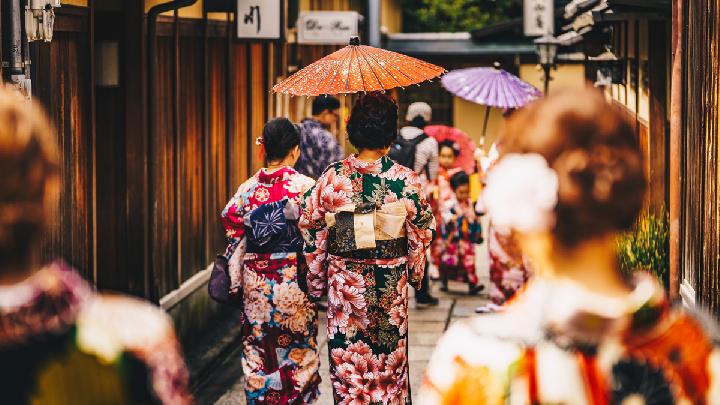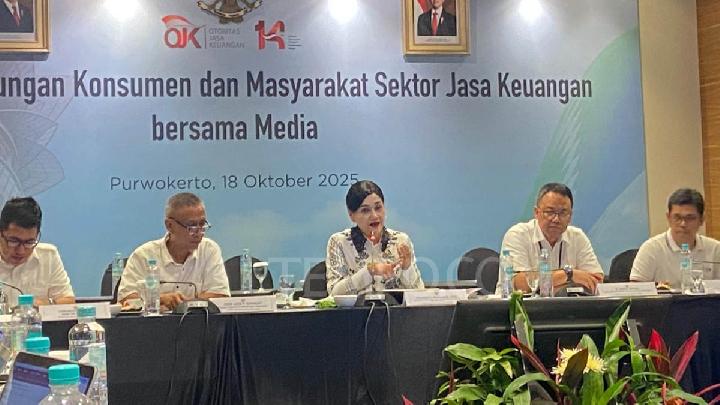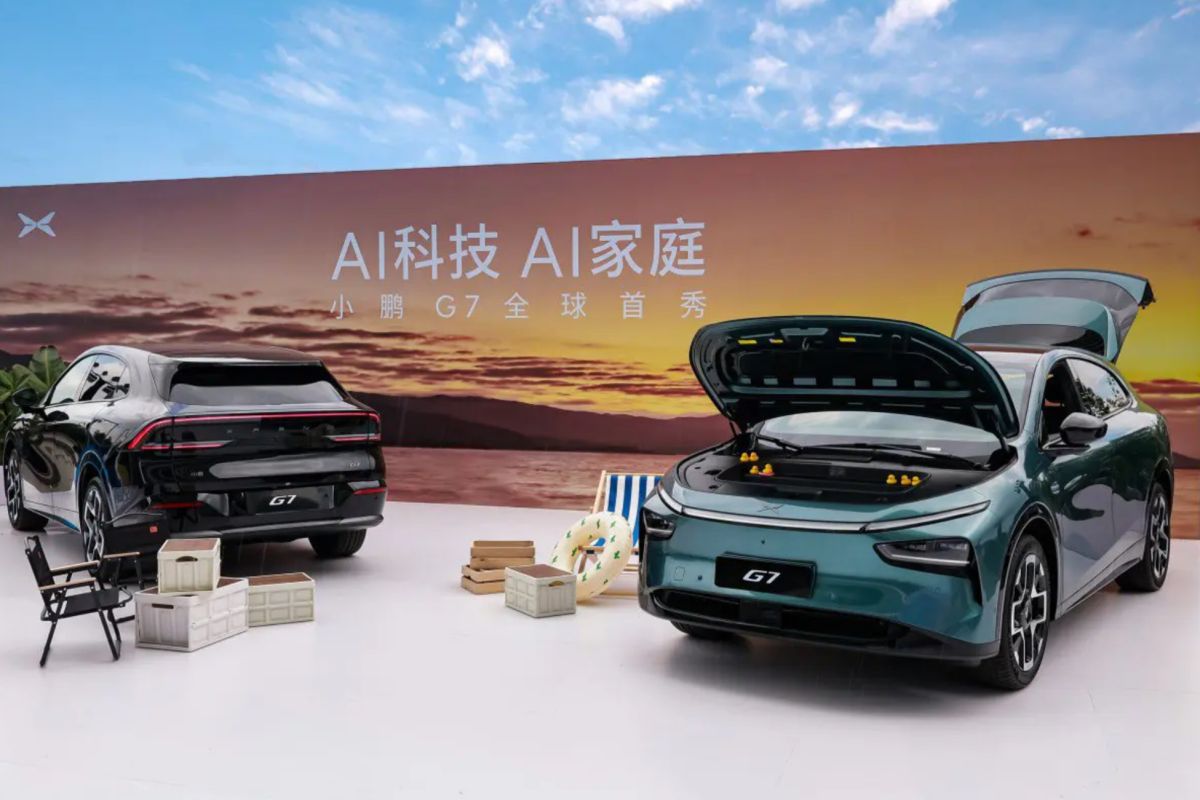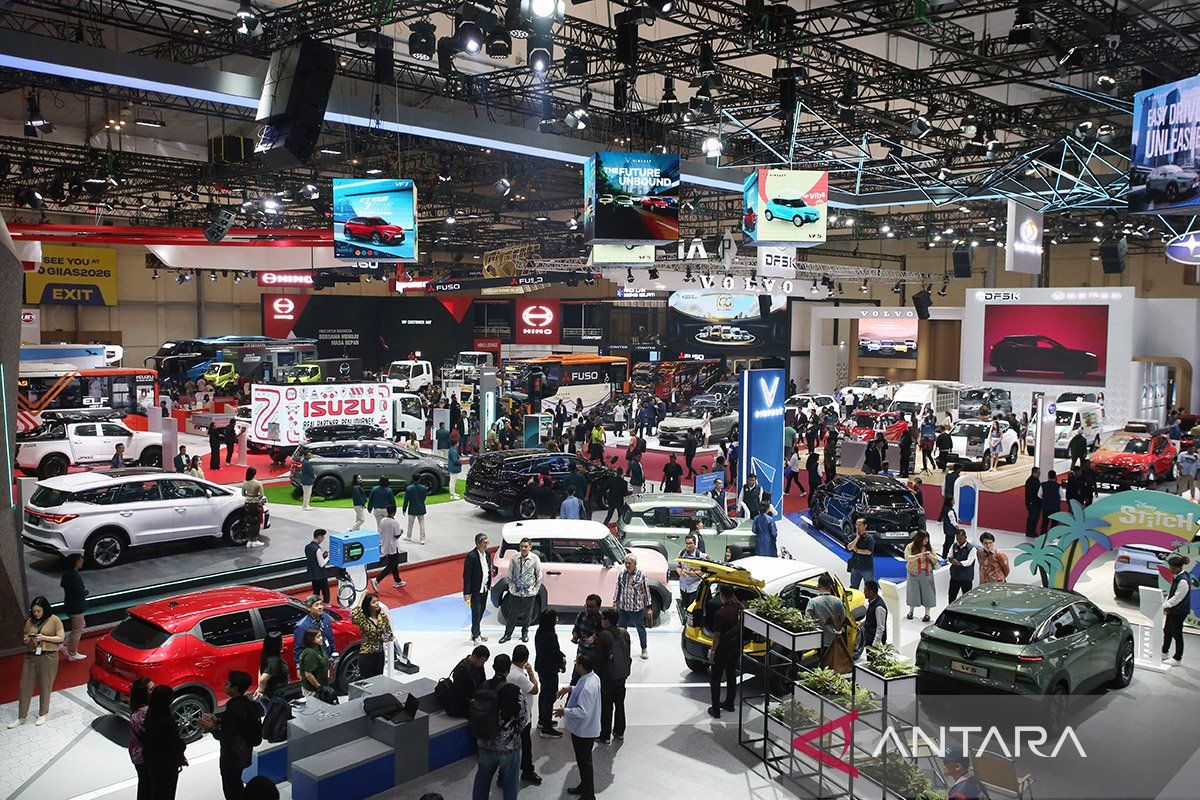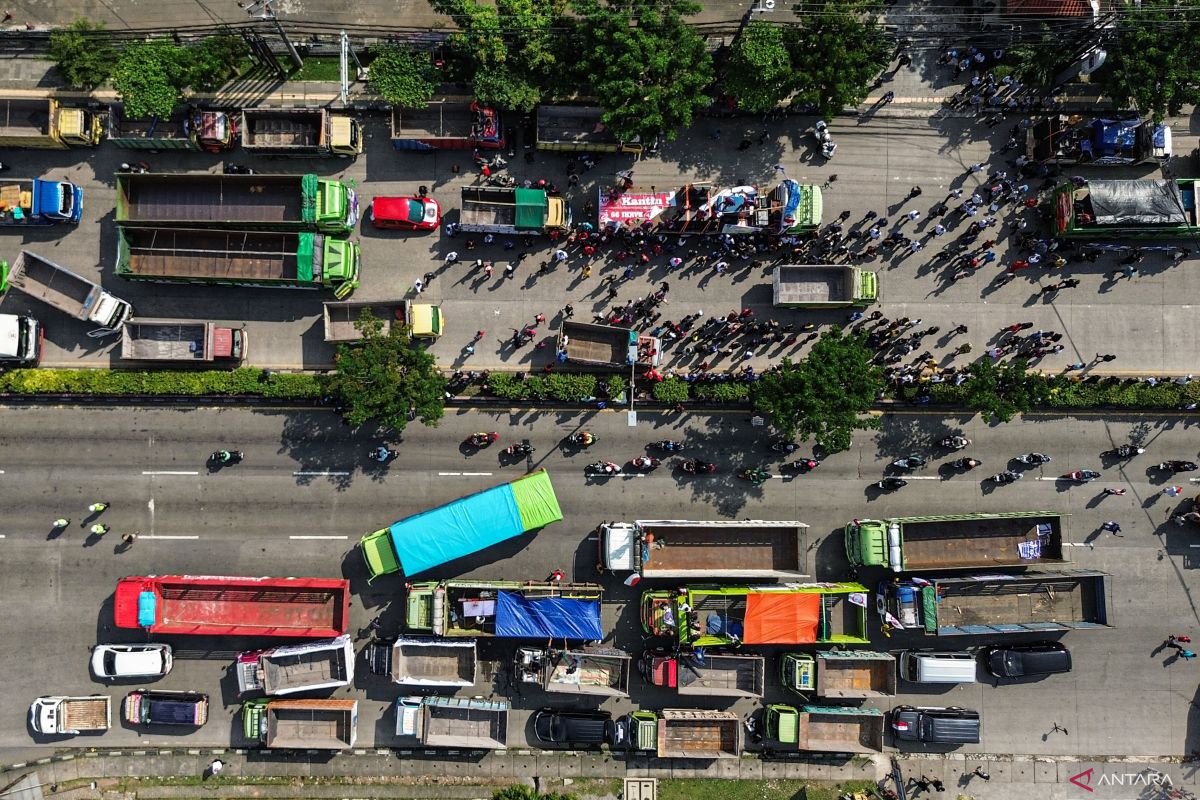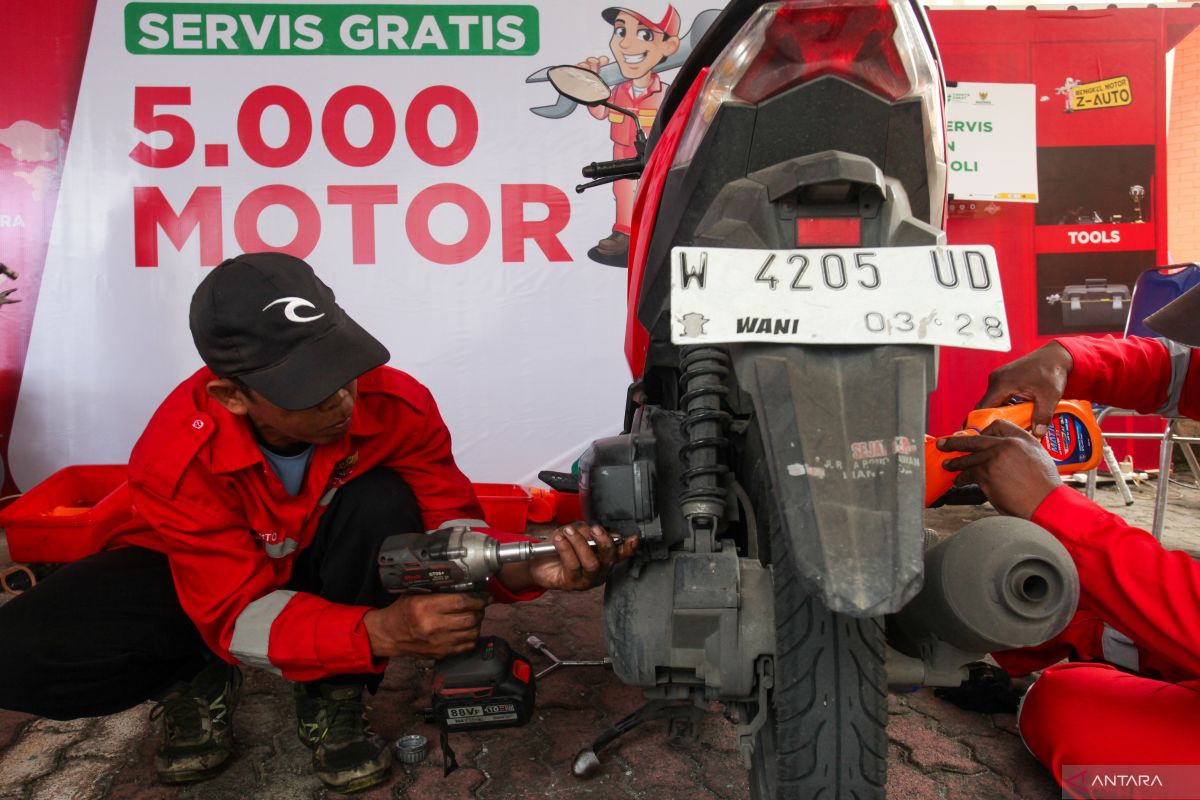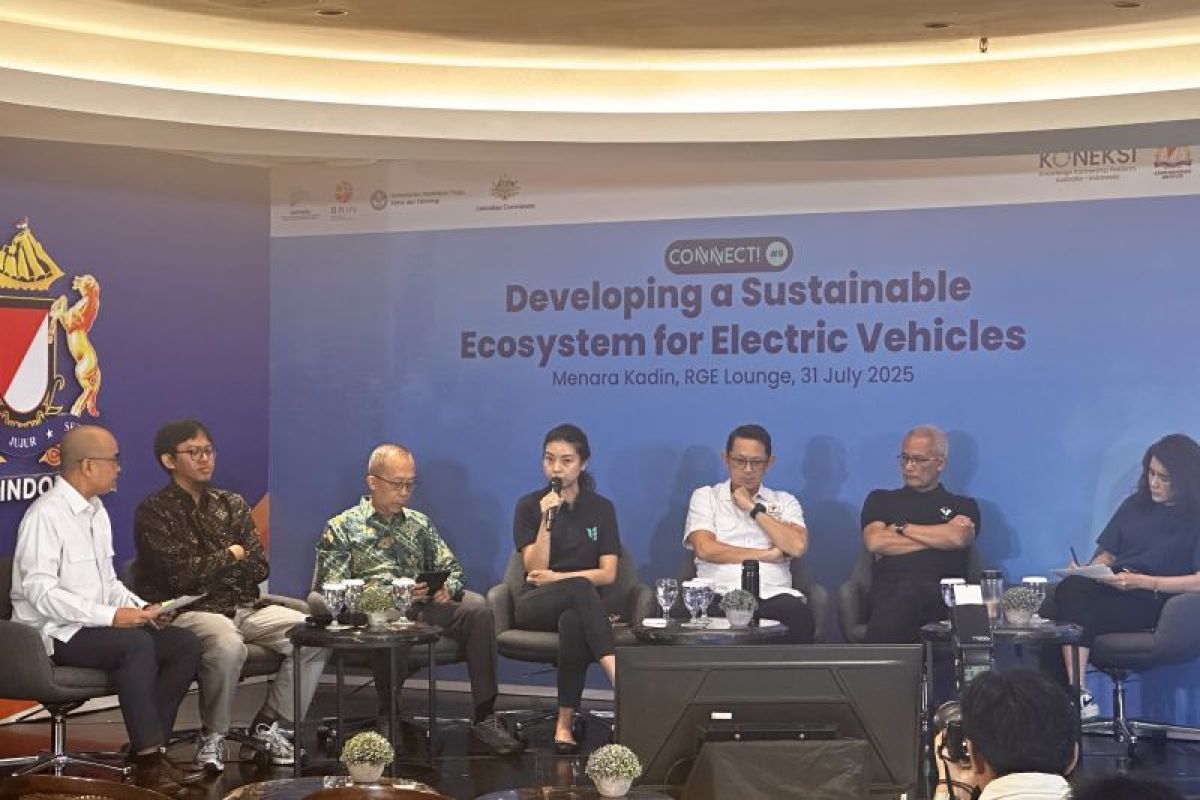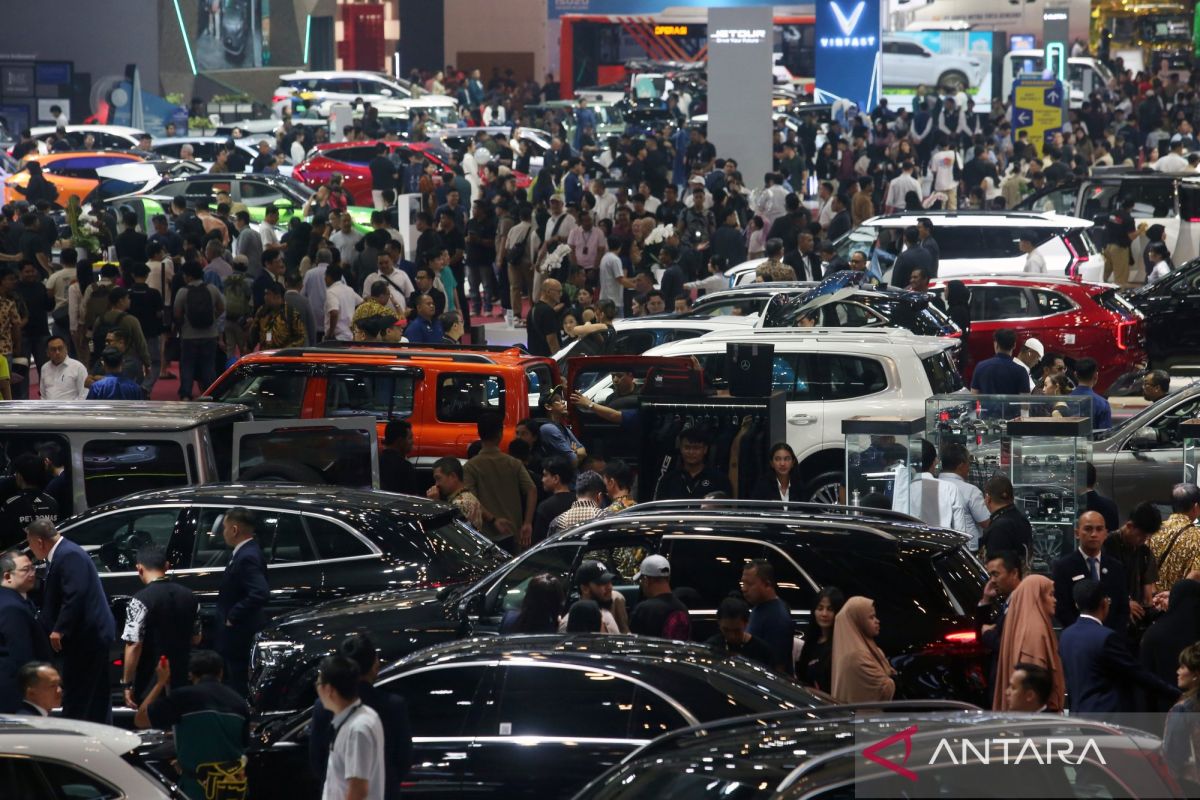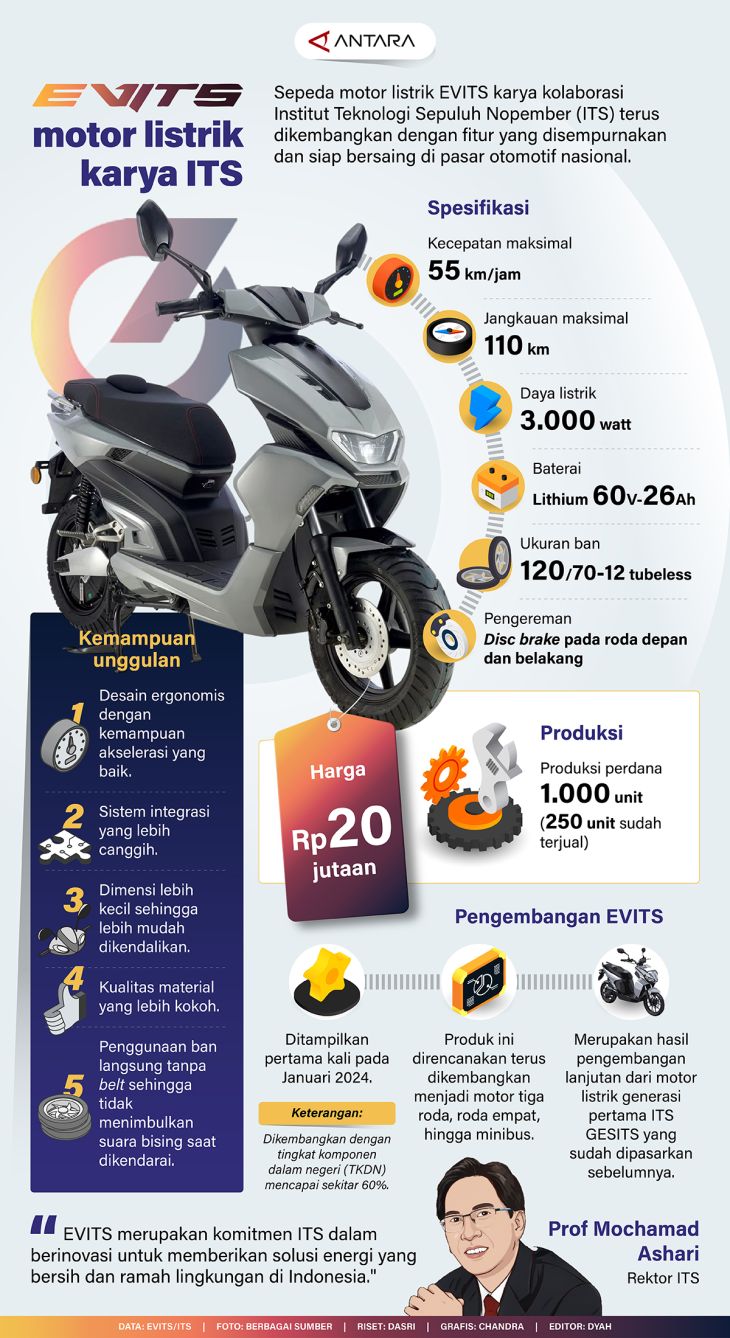TEMPO.CO, Jakarta - Mild milk chocolate on the outside, with soft pistachio cream and crunchy, sugar-sweet kadayif strands on the inside — to many consumers, Dubai chocolate is the epitome of sweet luxury.
Sarah Hamouda, head of the Dubai-based manufacturer Fix Dessert Chocolatier, is credited with inventing the popular confection. With the help of influencers, Hamouda's creation took off on social media, marketed as a new, exclusive food trend that has spanned the globe.
At an average cost of €7 ($8) per 100 grams, homemade recipes for the chocolate bars have also become increasingly popular online. But the trend has another price: since demand for Dubai chocolate gained momentum in late 2023, global appetite for pistachios has also spiked. In 2024, imports of pistachios (in shell) to the European Union increased by more than a third compared to the year prior, with market value exceeding €1 billion ($1.16 billion) for the first time.
Passion for Pistachios Drains Water Resources
This has consequences for the countries where pistachios are grown. The trees thrive in hot, dry climates, where they are increasingly replacing other crops, such as olive trees. In Spain, Europe's largest producer, the areas of pistachio cultivation have increased fivefold since 2017.
Pistachios are "an interesting fruit in terms of climate change" and could be "a good climate adaptation" for producers, said Stig Tanzmann, agriculture consultant for Bread for the World, a development organization affiliated with Germany's Protestant churches.
But the reality is usually different because the trees require additional irrigation. "You have a climate-adapted plant, but then you irrigate to ensure the high yields you need in a high-priced market."
More than 10,000 liters (2,600 gallons) of water are needed to produce one kilogram of pistachios — and most of that comes from the extra irrigation. In dry regions, this can lead to massive water problems. By comparison, it takes an average of just under 2,800 liters to produce one kilogram of peanuts — and almost 90% of the water required for that comes from rainwater.
Furthermore, pistachios, like many other agricultural products that are suddenly in demand on the world market, are mainly planted in monocultures, Tanzmann said. This has many negative consequences, such as heavy use of artificial fertilizers and pesticides, he added.
Even though pistachios cope well with heat, they are affected by the warmer winters brought by climate change. The trees need cold temperatures for a period in order to flower — and without flowers, there are no fruits.
Matcha Mania Squeezes Market
Other food trends like matcha tea are also having a negative impact. The green, bitter powder has always been exclusive, and now even more so since demand exploded worldwide.
Originally from China, the best quality matcha is now grown in Japan. There, the tea plants are specially shaded before harvesting, which is usually achieved with hand-guided machines. After they are picked, the tea leaves are steamed and aerated, the stems and leaf veins are removed, and then only the leaf flesh is ground.
In Japan, high-quality green tea powder is mainly used for traditional tea ceremonies. But because it contains many antioxidants, vitamins, and minerals, in recent years matcha has become a globally sought-after superfood, from ready-made matcha lattes to matcha chocolate bars.
According to the German Tea Association, more than 240 tons of matcha were delivered to Germany alone between January and August 2024 — an increase of 240% compared to the same period the previous year. The hype continues because healthy eating is trendy, the association says. The global market for matcha is expected to almost double in the next five to seven years, according to international market analysis companies.
The rising demand is already leading to shortages. The website for Marukyu Koyamaen, one of Japan's major tea exporters, said that the availability of all matcha products is now limited. Among competitors, such as Ippodo Tea, almost all matcha is sold out.
On the Japanese tea market, the purchase price for matcha is almost three times higher than last year, and retail prices have doubled, reports Yuji Yamakita, an independent tea merchant in Kyoto. "The high prices are particularly affecting people who perform tea ceremonies and confectionery manufacturers. I hear that some people have stopped drinking matcha or are not drinking as much as they used to," Yamakita said.
This is having a particularly negative impact on tea merchants who serve the domestic Japanese market. Yamakita fears that tea farmers who lack equipment and financial resources will be unable to meet the rising demand and go out of business.
Quinoa Craze Destroys Farmland
Yet another example of negative global food trend outcomes is quinoa. The pseudocereal originates from the Andes in South America. In 2013, the Food and Agriculture Organization of the United Nations declared 2013 the International Year of Quinoa. The aim was to highlight the importance of quinoa for food security. However, it was quickly marketed as a superfood, and consumption rose rapidly.
In the two main producing countries, Peru and Bolivia, prices rose so sharply that the local population could hardly afford to buy their own food staple, Tanzmann said.
The environment also suffered. Traditionally, farmland in the Andes is left fallow for up to seven years for soil recovery, according to German development organization Welthungerhilfe. Due to high demand, many farmers reduced the cultivation period to just one year. This often led to the use of chemical fertilizers, pesticides, and heavy machinery, which compact the soil.
Addtionally, areas not suitable for cultivation were developed, said Markus Wolter, an expert on agriculture and nutrition at the Catholic development organization Misereor. One example is a desert-like, shrub-covered region in the highlands of Bolivia where llamas were previously kept.
"It is much too dry there for large-scale cultivation of crops such as quinoa," Wolter said. "That worked well for a few years because there was enough rain right at the start of the boom — but for several years now, that rain has failed to materialize."
Plowing the soil for agriculture also had negative effects. "In this climate with strong winds, plowing shouldn't be done at all because the little fertile soil there is quickly blown away." This also makes it more difficult to return to animal husbandry after quinoa cultivation, because the pastures are less fertile, he added.
What Remains When the Hype Is Over?
Whether it's pistachios, matcha, quinoa, or whatever food trend comes next, fair trade organizations advise producers not to make themselves economically dependent on a single agricultural commodity. This means growing crops not just for the global market, but for local markets as well, said Claudia Brück, director of Fairtrade Germany. That way, producers can still earn money even when the craze subsides and prices fall.
"The idea is to move away from monocultures and, specifically, to grow two rows of coffee and one row of beans. This makes the soil healthy and enables farmers to produce their own food. And then you can also grow mangoes for the international market, for example," Brück said.
Not just farmers, but also those who start and promote food trends, need to think and act more sustainably, Tanzmann said. "When you push something like this, you actually have a responsibility for such a trend and should think it through from start to finish — and not just focus on selling as much as possible."
Editor’s Choice: Halalicious Food Festival 2025: A Culinary Destination for Your Weekend in Jakarta
Click here to get the latest news updates from Tempo on Google News






